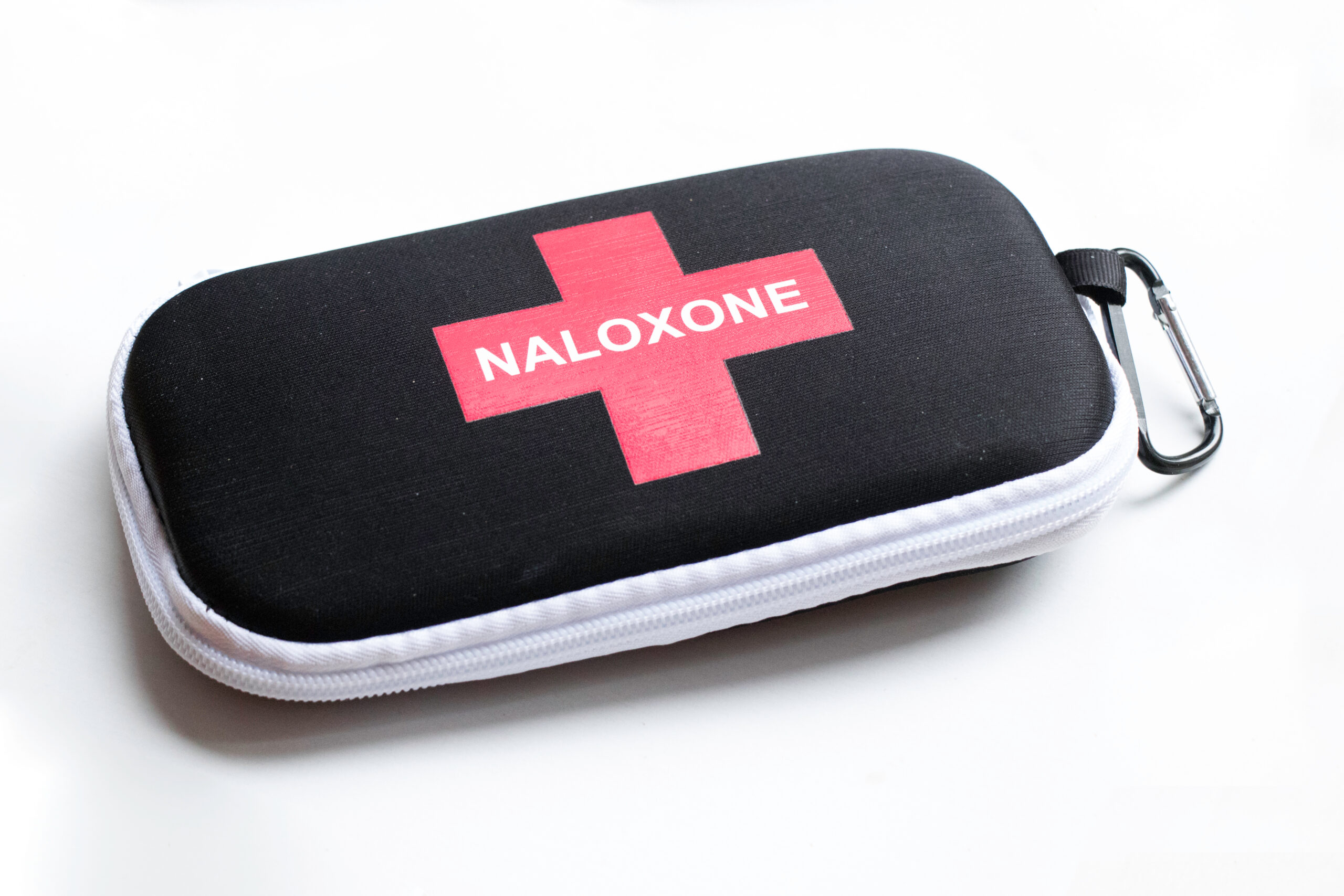A new study published in BMJ Public Health by MAP Centre for Urban Health Solutions at St. Michael’s Hospital found stark differences between ethno-racial groups in Ontario when looking at circumstances surrounding opioid overdose deaths, as well as in the use of harm reduction tools and access to treatment.
The researchers looked at medical coroners’ data of individuals who died of accidental overdose in Ontario between July 1, 2017 and June 30, 2021. Some of the circumstances examined include the types of opioid and non-opioid substances involved, the incident location, and the prevalence of naloxone use. The study found that opioid-related harms have been increasing among racialized people in Ontario, and there were considerable disparities in access to treatment for opioid use disorder and in the administration of naloxone, particularly among Black Ontarians. Deaths among racialized people had a particularly large burden on young males, approximately half of whom did not have a diagnosis of opioid use disorder prior to death.
“We are in the midst of a toxic drug crisis that claims the lives of 22 Canadians every day,” explains lead author Tonya Campbell. “This paper calls attention to the stark differences in trends, patterns, and circumstances in opioid toxicity deaths across ethno-racial groups in a Canadian context.”
Key findings include:
- White people accounted for the highest proportion of opioid overdose deaths.
- Opioid overdose deaths among Asian and Latin American people increased considerably and remained relatively stable among Black people.
- Relative to White people, deaths among racialized people in Ontario were more likely to arise from the use of non-pharmaceutical opioids.
- Black and Asian people were less likely than White people to receive naloxone during the resuscitation attempt, despite a similar chance of a bystander being present at the time of the overdose.
- Among those with opioid use disorder, racialized people, particularly Black people, were considerably less likely to receive opioid agonist treatment compared to White people.
- Compared to White people, opioid-related deaths among Black and Asian Ontarians more frequently involved cocaine.
- Across all groups, most people had a healthcare encounter for a mental health-related diagnosis in the 5 years preceding death.
“Taken together, these findings highlight the need for racialized people, who have historically been excluded from conversations about the crisis, to be actively integrated into the development of policies, programs, and strategies to address the toxic drug crisis,” said Campbell.
Contact for interviews: Communications, Unity Health Toronto, communications@unityhealth.to
About MAP Centre for Urban Health Solutions
MAP is a world-leading research centre dedicated to creating a healthier future for all. Through big-picture research and street-level solutions, our scientists tackle complex community health issues — many at the intersection of health and equity. Internationally recognized for groundbreaking science and innovation, MAP has changed the way the world understands the health consequences of social inequality in Canada. Together with our community and policy partners, MAP is charting the way to the world’s healthiest cities: places where people, communities, and the political, economic, social, environmental and health infrastructures come together so that everyone can thrive. MAP is part of the Li Ka Shing Knowledge Institute of St. Michael’s Hospital and is fully affiliated with the University of Toronto. St. Michael’s is a site of Unity Health Toronto, which also includes Providence Healthcare and St. Joseph’s Health Centre. For more information visit: maphealth.ca
About St. Michael’s Hospital
St. Michael’s Hospital provides compassionate care to all who enter its doors. The hospital also provides outstanding medical education to future health care professionals in more than 27 academic disciplines. Critical care and trauma, heart disease, neurosurgery, diabetes, cancer care, care of the homeless and global health are among the Hospital’s recognized areas of expertise. Through the Keenan Research Centre and the Li Ka Shing International Healthcare Education Centre, which make up the Li Ka Shing Knowledge Institute, research and education at St. Michael’s Hospital are recognized and make an impact around the world. Founded in 1892, the hospital is fully affiliated with the University of Toronto.
About Unity Health Toronto
Unity Health Toronto, comprised of Providence Healthcare, St. Joseph’s Health Centre and St. Michael’s Hospital, works to advance the health of everyone in our urban communities and beyond. Our health network serves patients, residents and clients across the full spectrum of care, spanning primary care, secondary community care, tertiary and quaternary care services to post-acute through rehabilitation, palliative care and long-term care, while investing in world-class research and education.
About the Ontario Drug Policy Research Network
Established in 2008, the Ontario Drug Policy Research Network (ODPRN) is a research program based out of St. Michael’s Hospital that brings together researchers, people with lived experience, clinicians, and policy-makers to generate evidence to inform effective drug policy development in Ontario.

